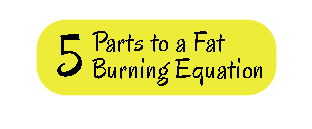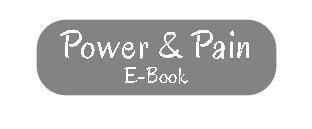Hello Dear One!
If you’ve ever thought that you SHOULD stretch more, or you ARE aiming to, but wouldn’t mind some additional guidance – this list of suggestions might prove useful.
WHEN:
Most people give nary a thought as to when this activity goes on and sadly most people think to do it at the WORST time.
BEFORE exercise.
When the muscles are typically cold, stiff, and more dense.
If you want to be able to have a muscle more easily lengthened (and even RELEASE further) being WARM and slightly loosened up to begin with really helps.
So this would be AFTER exercise.
AFTER your walk. AFTER your workout. AFTER ANY type of physical labor (mowing the lawn, cleaning up the playroom, folding laundry), or even at the END of the day.
This way you’ll be able to capitalize on your tissue being more pliable and softer to start AND you’ll lessen the likelihood of doing any damage from cranking on a cold muscle resulting in microtears or strain.
WHY:
Why SHOULD we stretch beyond the fact that be believe that it’s good for us?
It DOES help with recovery after exercise. It DOES keep your muscles and tissue HEALTHIER (feels firm but has give). It DOES make your tissue more PLIABLE which will reduce the likelihood of injury, feel more comfortable to be in, and help stave off the tendency of muscles to REDUCE in length due to contracting repeatedly over time OR become contorted into irregular patterns based on use.
Stretching also helps CALM the nervous system.
A calm nervous system helps us to FEEL calmer AND it also helps our body to FUNCTION better.
We can actually TRAIN more effectively (more coordinated, stronger, more agile, FASTER), and enhance our performance.
This is such a lovely way to IMPROVE BY side stepping the, “No Pain, No Gain.”, approach.
HOW:
First of all – PLEASE stretch the FRONT of your body.
Most people want to give loads of attention to our hamstrings, calves, BACK!!!… but the truth is those are really the places to stretch LAST.
The muscles that tend to feel TIGHT at rest are the ones that are ACTUALLY overstretched. They’re the ones that are being pulled on RIGHT now – so stretching them more is NOT helpful.
What IS helpful is stretching what’s on the opposite side of the body FIRST, which is often the FRONT.
So please give some time to your quads, hip flexors, chest, front of your shoulders and neck to take pressure OFF the back of the body.
**Here’s a sequence I use often, where I actually DON’T start on the front (apologies!), but absolutely do give it my attention.
When you DO stretch it’s great to also STAY in that stretch for 30 seconds to a minute.
That can sound like a lifetime – but it will allow your body to ACTUALLY relax into the stretch and for the muscle to get LONGER.
Plus this will also help with the nervous system element when you do give your body a bit of time with this.
STRETCHING HACKS:
Two bonus techniques that will help give you a bit more stretch in any given part of your body ON DEMAND.
PNF STRETCHING:
Proprioceptive Neuromusclar Facilitation.
What this involves is using a person/resistance to contract the muscle AGAINST that you wish to stretch briefly, relax the muscle, THEN stretch the muscle. Relax and repeat 3-5 times.

![]()
PNF Stretching – Hamstring Muscles
RECIPROCAL INHIBITION:
This is utilizing the concept that muscles work in OPPOSITION to each other. If one contracts – the muscle on the opposite side of the body MUST relax.
So if you’d like to create a little more stretch in your hamstring – do a series of contracting pulses of the quad and THEN stretch. You can even do this WHILE in a stretch and see how much the muscle your stretching continues to let go. It’s pretty cool!

![]()
Reciprocal Inhibition Explained
So there you are! Hope that was useful!
Exercise is wonderful for our health in so many ways AND is also only ONE of the five parts of FAT LOSS!
If you’d like to give your pound dropping efforts a HUGE assist while adding in the other four – get the body set up to BURN FAT in order to make weight loss easier and weight gain harder.
Check out Fat Burning PRO (self study) or Fat Burning Mastery (one on one coaching) to do so.
To getting you clearer on how the body works, and how to make it work for you.
xox, M







